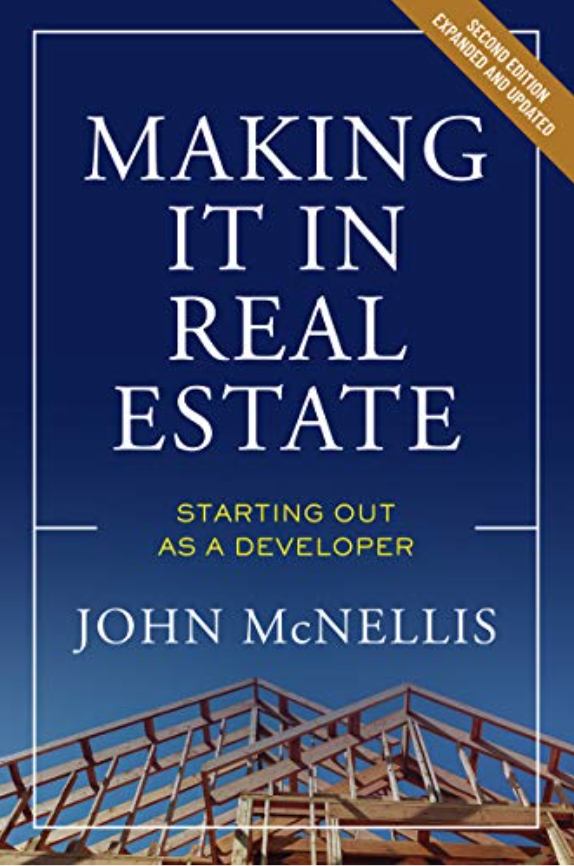Views of the skeptical optimist.
Attended a couple more posh conferences where it seemed nearly every panelist was the smartest guy in the room. This column can’t do justice to the hours of views, advice and opinions on all things real estate one heard at these gatherings. But—on the other hand—maybe it can.
While consensus among the smart guys was in short supply, it is fair to say a preponderance felt the “bottom had been called.” But what that means from a practical standpoint was open to much conjecture. One economist decreed, “There is no risk of a double dip,” and spoke of a gradual recovery. In counterpoint, a business leader decried the economic uncertainties facing us: “Gold is $1,400 an ounce for a reason; this is not your grandmother’s recovery.” A third invoked that bitter oxymoron, “the jobless recovery,” and declared—quite plausibly—that job growth would be limited to the “feds, meds and eds.”
Having called the bottom, the pundits had different advice for dealing with it: One tribal elder advised us to lock up long-term rates for as long as possible. Even though this same advice has been given every year since Clinton was scandal-free (and always been wrong), it could be true this time; broken clocks are right twice a day. Another is out buying like mad: “If rates stay down and we’re Japan, today’s yields will look great.” A skeptical third person asked, “Everybody’s overpaying right now, so who’s getting the good deals?”
Among those who use lots of other people’s money—the big-time pension-fund advisors, the guys who buy high rises and billion-dollar portfolios in bulk—there is consensus. As a pack, they’re buying today into leveraged 8 percent returns on core assets while borrowing as much as they can. If they can borrow 50 percent of the purchase price at 4 percent interest, they’re happy buying assets at a 6 percent capitalization rate. This strategy works swell long-term if you can either borrow at 4 percent forever, or if you sell to the next optimist well before you run out of loan term.
The smart guys are also furiously trying to capitalize on their own mistakes: “The best opportunity today is buying back your own debt at a deep discount.” This opportunity is, of course, only available to those who have both a portfolio of poorly purchased, wildly over-leveraged deals and, somehow (there has never been enough accountability in real estate to suit your correspondent) access to new capital to take advantage of the lenders they inadvertently screwed the first time around. But, the cautious and the toast have no chance of implementing this gambit.
The pundits pointed out again and again what has been clear to everyone in the trenches for some time: The last thing the banks want to do is foreclose on anyone and, thanks to short-term rates, they’re not; they are burying their bad loans in shallow graves. “Half of real estate is on LIBOR life support.” Great news for existing borrowers, bad for vultures and whether this approach helps us rush headlong into becoming another Japan remains to be seen. One useful observation about where to buy from a smart guy: “Find spots where there’s no debt available—that’s where the opportunity is.” True that, just tricky to implement.
On to specifics: first the bad news, for-sale housing. The macros agreed that nationwide we have two million forlorn homes standing empty and unoccupied, that we’ve had four million foreclosures so far with five million left to go, and that it is going to be “choppy for the next three to five years.” One homebuilder said simply, “California stinks.” The worst market in the country was thought to be Atlanta, while the best is clearly Washington, D.C.,—back to those “feds, meds and eds.”
The good news is that apartments are on fire, with prices today virtually indistinguishable from their heights from 2004 to 2006. The macros attribute this to the four million Gen-“Y”ers coming of apartment age over the next several years and the ocean of cheap federal loan dollars available for rental housing. “A” apartment buildings are selling below a 5 cap, while even the “B”s are in the mid 5s. Apartment developers are happily buying dirt once again.
One final note: Don’t believe anything you may hear about the commercial mortgage-backed securities market being back and open for business. Simply put, CMBS 2.0 is a nightmare and trying to close a loan and satisfy the myriad of consultants the banks have hired to protect them will be the camel-breaking straw for many borrowers. Appraisers are coming in 15 percent to 20 percent lower than market values, and emboldened environmental consultants are worrying about the effect global warming will have on the toxic carbons locked within your parking lot’s asphalt. CMBS now stands for “Certainly More Bull S***.”


